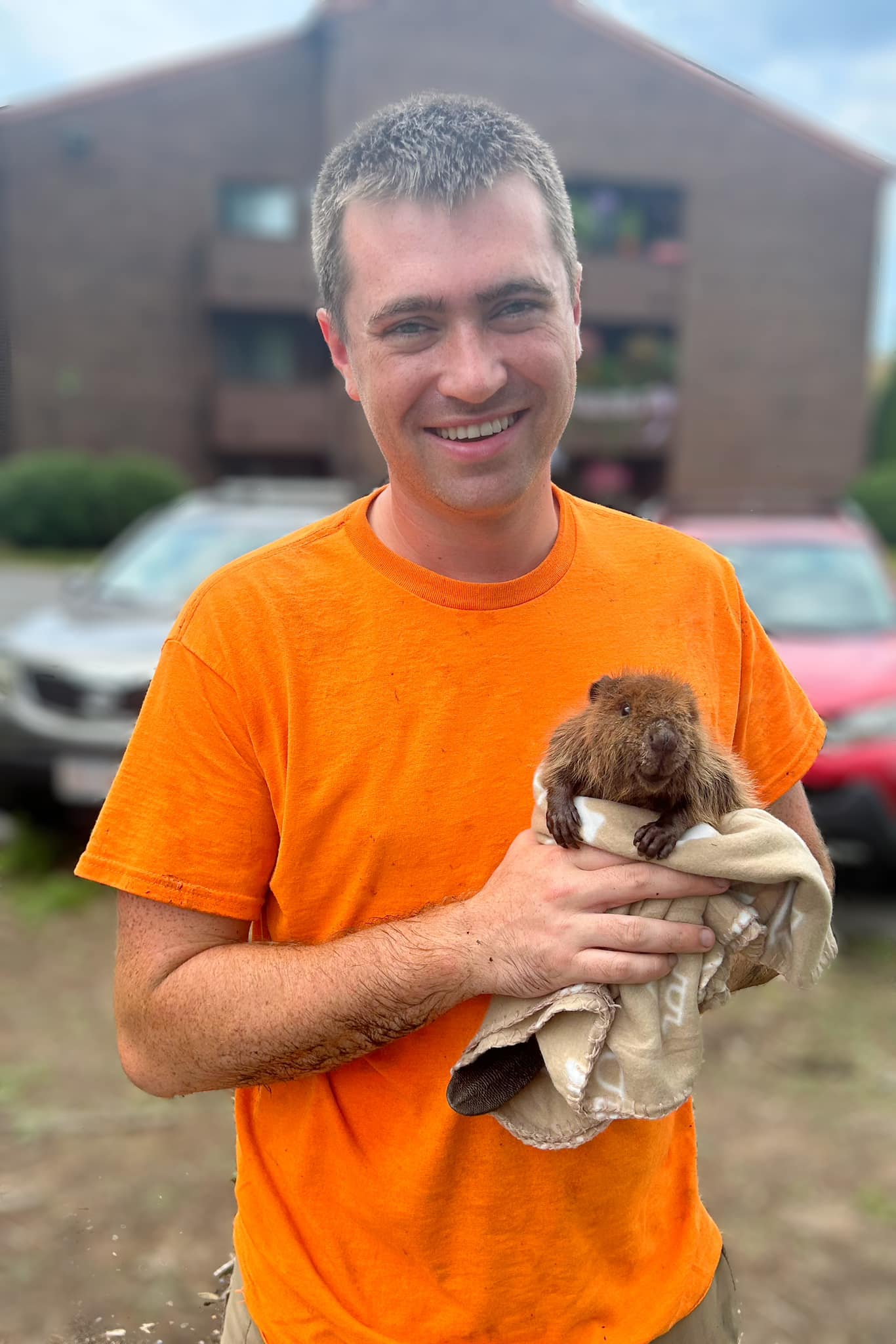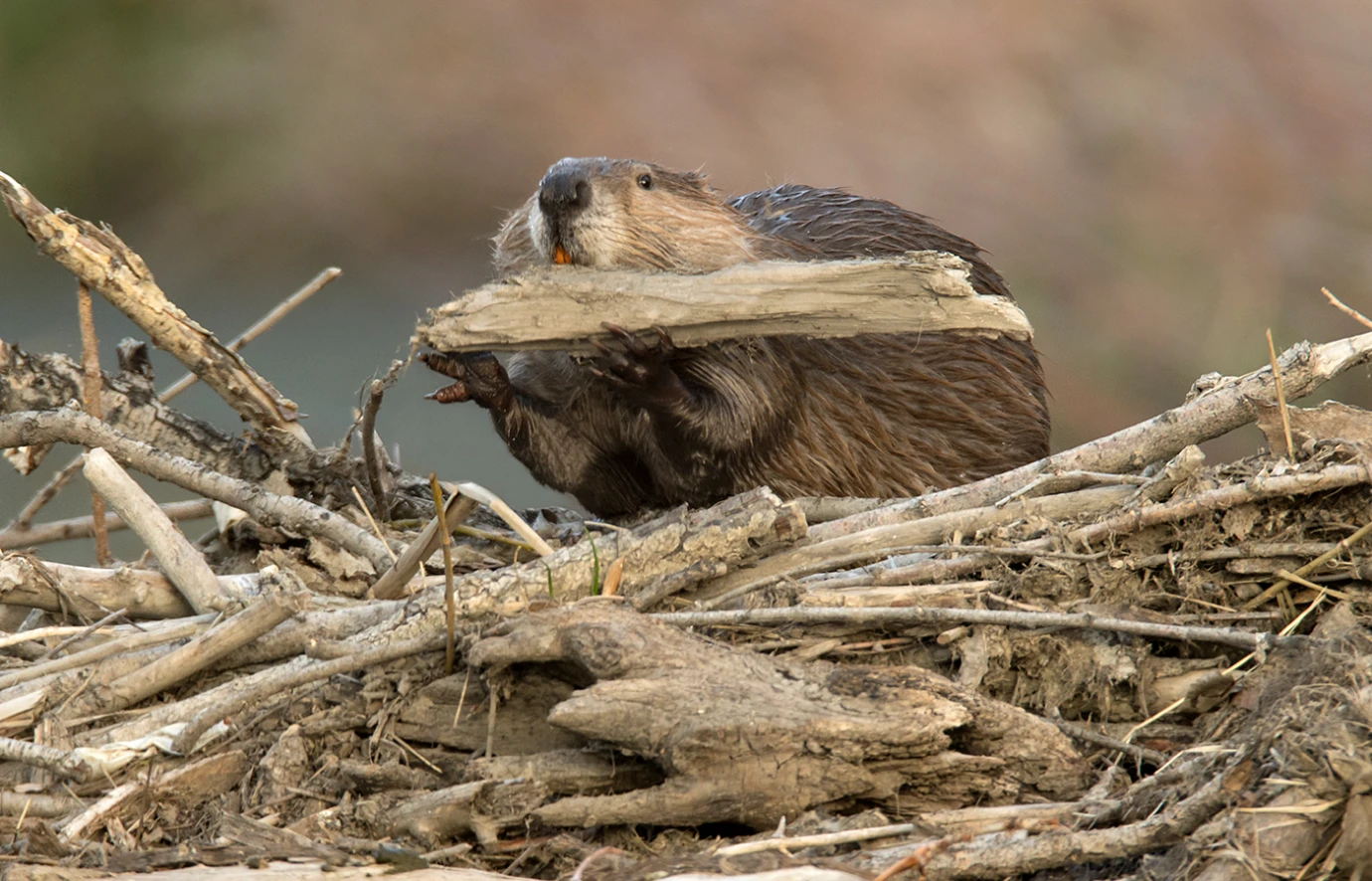This was all over the beaver air waves yesterday. It bothers me strangely more than perhaps it should.

Chewy will now kindly send 12 cans of beaver meat to your beloved Fido or Mr. fluffy pants for 66 dollars (with free shipping!) and since the company is based in Minnesota there can be no shortage of supply.
I just hate the idea of thirty somethings talking baby talk to their beloved pet while opening a can of beaver meat. I mean I love dogs as much as the next woman but do dogs protect us from drought or fire? Can dogs help us with climate change?
I’ll ask Lassie.
It is true that beavers chew sticks which dogs love to chase. but does that mean necessarily that dogs should chew beavers?
Sumit Singh is the Chief Executive Officer of Chewy. He makes a little more than 35 million a year and might need to hear what you think about this.
Chewy CEO Sumit Singh
7700 W Sunrise Blvd.
Plantation, FL
Dear pet-providers,
I am writing to express my concern about the canine caviar product marketed as beaver meat. Obviously neither the beavers or the canines are endangered, and the country has lots of both. My concern isn’t that we will “run out of beavers” (although we certainly did once,” it is that we will run out of people who understand how valuable these animals are to the planet, at the very time in which we need them most. In study after study beavers have been shown to reduce fires, mitigate drought, slow flooding and boost biodiversity. I am sure every pet owner wants clean fresh water to give to themselves and their dog. Beavers and their carefully maintained dams improve water quality and remove toxins, phospherous and nitrogen.
Are you sure their meat sold in a can is the best way to secure their services?
It is certainly alienating to beaver advocates like myself who cannot imagine making another order with your company or any company you partner with as long as your protection of this species remains so unclear.
BeaverCon will be a Colorado gathering in October of scientists and advocates focused on research and education for this valuable ecosystem engineer. If I were your CEO I would make a very noisy donation to this event and back away from the sales of beaver meat as quietly as possible.
As the climate warms beaver services are now being valued more than ever and your tone deaf product fails to grasp an essential truth being recognized about nature based solutions.
Even Lassie knows better.
HP









































